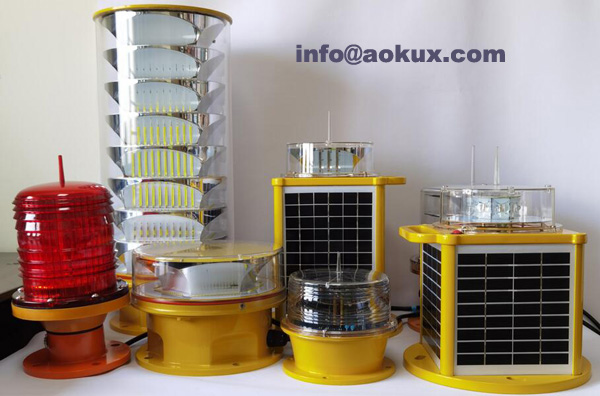
Aviation Red Obstruction Lights: Enhancing Safety in the Skies
Introduction
Aviation red obstruction lights play a crucial role in ensuring safe air travel worldwide. These lights, strategically placed on tall structures and objects like buildings, towers, and wind turbines, help prevent collisions with aircraft and enhance visibility. In this article, we will explore the significance of aviation red obstruction lights and their impact on aviation safety.
Importance of Aviation Red Obstruction Lights
Aviation red obstruction lights serve as warning signals for pilots, indicating the presence of tall structures during low visibility conditions, such as at night or in adverse weather. These lights are designed to be highly visible from a distance, enabling pilots to identify potential obstructions and maneuver accordingly.
Compliance with Regulations and Standards
To maintain uniformity and ensure maximum safety, aviation red obstruction lights must adhere to international regulations and standards set by organizations like the International Civil Aviation Organization (ICAO) and Federal Aviation Administration (FAA). These regulations specify requirements regarding light intensity, color, flash patterns, and placement to minimize the risks associated with aviation obstacles.
Types of Aviation Red Obstruction Lights
There are various types of aviation red obstruction lights available, including steady-burning red lights, flashing red lights, and dual red/white lights. The choice of light type depends on factors such as structure height, location, and proximity to airports. Each type serves specific purposes and helps pilots make informed decisions while navigating through airspace.
Technological Advancements
With advancements in technology, aviation red obstruction lights have witnessed significant developments. Traditional incandescent bulbs have been replaced by more efficient and durable options, such as LEDs (Light Emitting Diodes). LED lights consume less energy, offer longer lifespan, and provide better visibility, making them an ideal choice for aviation applications.
Impact on Aviation Safety
Aviation red obstruction lights are vital in reducing the risk of collision between aircraft and tall structures. These lights allow pilots to spot obstacles well in advance, ensuring safe navigation throughout their flight path. By providing a clear indication of potential hazards, aviation red obstruction lights enhance situational awareness and contribute to overall aviation safety.
Future Trends
As the aviation industry continues to evolve, so will the technology behind aviation red obstruction lights. Future trends may involve advancements such as wireless connectivity, remote monitoring systems, and integration with air traffic control networks. These developments will further strengthen aviation safety measures and improve the efficiency of obstacle detection.

Conclusion
Aviation red obstruction lights are indispensable for maintaining safe airspace operations. By complying with regulations, utilizing advanced technology, and prioritizing aviation safety, these lights continue to play a crucial role in preventing accidents and safeguarding both pilots and passengers. As the aviation industry progresses, it is imperative to stay up-to-date with the latest advancements and ensure that aviation red obstruction lights remain a top priority in enhancing the safety of our skies.
 Previous:
Aokux Aircraft Warning Beacon
Previous:
Aokux Aircraft Warning Beacon